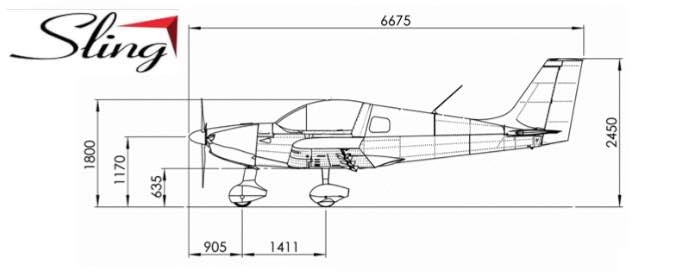The horizontal stabilizer assembly started by fitting together 2 sections of rear spar channel with the center section sandwiched by doubler plates – front and back. The result is over 8ft long. Appropriately sized cleco fasteners temporarily hold the parts together. A laser level helps to confirm that the channel is true – straight and free of twist.
The rear channel components were permanently fastened with a combination of 4.0 x 10mm and 3.2 x 8mm pulled rivets. Assembly continued with ribs joining with the front spar channel and clecos hold the front components as they are fitted and fastened in a similar fashion as the rear.
I’ve found that when 2 or 3 parts are sandwiched together with many rivets, it can be a little tricky to get a relaxed fit. Many overlapping holes must align precisely, in order for the rivet shanks to fit through all of the layers easily. I try to take whatever time is necessary to get the best concentric alignment of as many holes as possible, so that little or no reaming is necessary. The kit parts are punched very precisely and overlapping holes will likely line up, given the chance.
My assembly process starts with just a few clecos, while test fitting rivet shanks in many or most of the holes. Then I loosen and reset those few clecos until there is good natural alignment of as many holes as can reasonably be achieved. Eventually, a majority of the holes will line up perfectly, leaving only a very few that may need a little reaming to easily accept a rivet. Straight-shank chucking reamers seem to do a great job. Use the exactly right sizes. #30 and #20 are common.
The HS structure, without skins, is somewhat delicate. I’ve used a couple of stiffeners, from a Vans Aircraft workshop (skills practice) kit, clamped to the innermost HS ribs to provide support while the entire structure is riveted.
The HS structure is symmetrical. At some point, a decision must be made as to which side will be the top and the other side, therefore, the bottom. For my HS, continuity of how the rib flanges relate to the spar channels has turned out to be somewhat better on one side than the other. The side with the best potential for smooth skin support was chosen to be the top. I used a black permanent marker to make indications inside the front spar channel, where they can be seen during the various assembly phases.
With the HS top chosen, left and right HS panels become apparent. 2 Heyco 0.375in snap-bushings have been placed in the rear forming holes of the 2 innermost left-side ribs and anchored with some dabs of gray RTV. The nylon snap bushings are intended to protect the pitch trim servo wire (cable) as it passes through the ribs. I’ve elected to use nylon snap bushings instead of the rubber grommets supplied with the kit.
